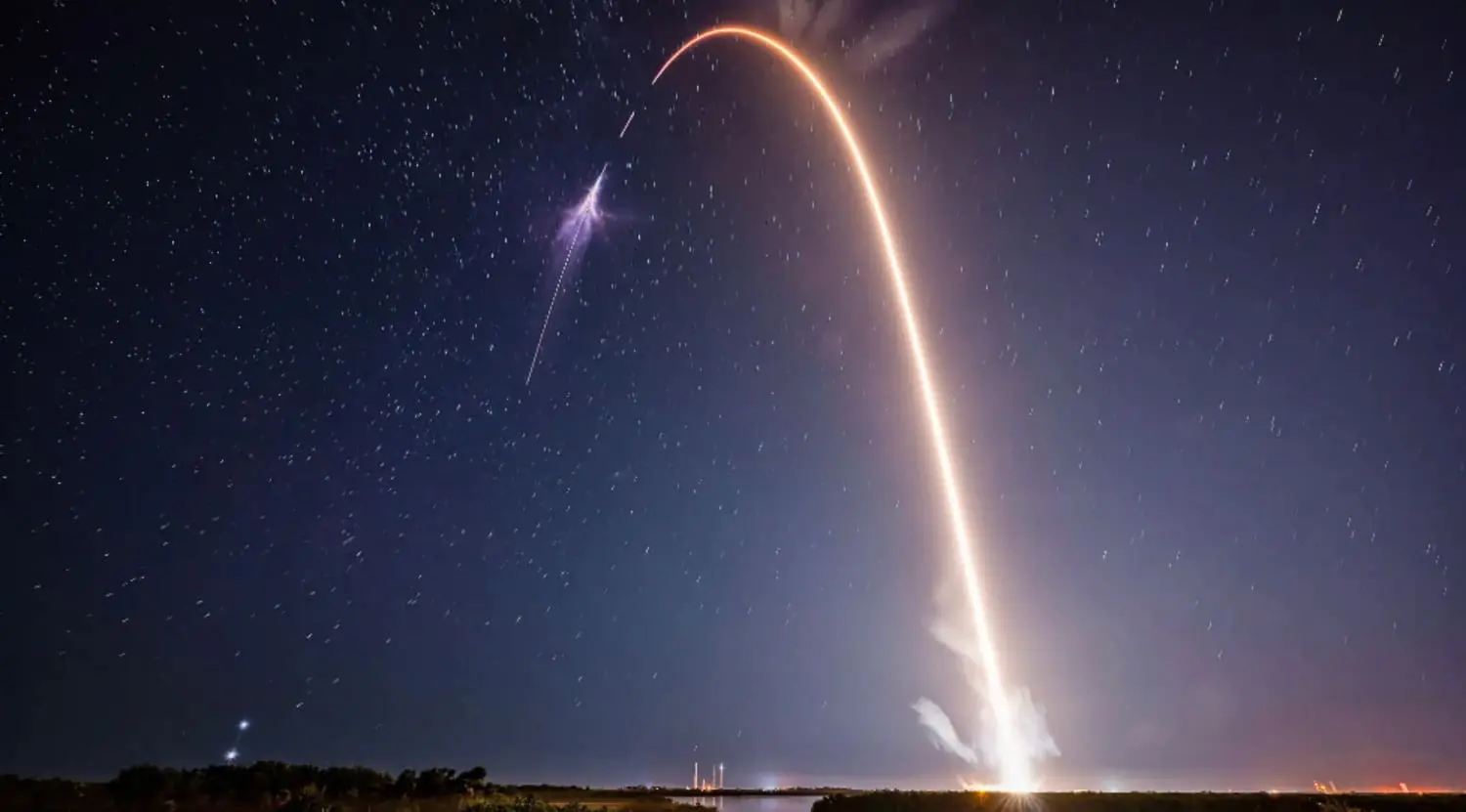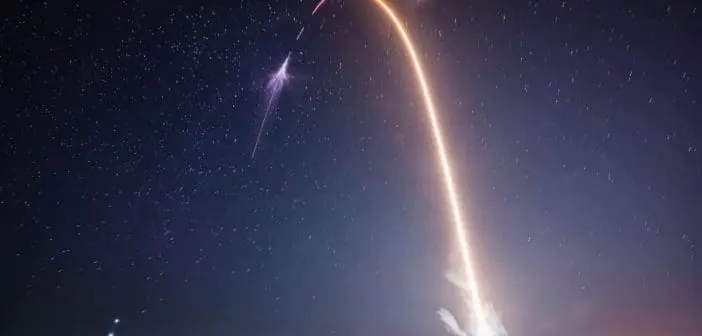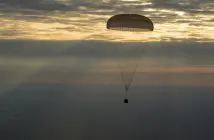
Axiom Space successfully launched its fourth mission (Ax-4) to the International Space Station (ISS) yesterday. The space company used a SpaceX Falcon 9 rocket to lift off at around 4.30 pm (AEST) on June 25. The rocket departed from the Kennedy Space Center.
The four person crew is commanded by former NASA astronaut Peggy Whitson. She is joined by pilot Shubhanshu Shukla and mission specialists Sławosz Uznański-Wiśniewski and Tibor Kapu.
Axiom Space has highlighted the crew’s diversity. This includes government-sponsored astronauts from India, Poland, and Hungary. NASA Acting Administrator Janet Petro calls the mission “a powerful example of American leadership bringing nations together in pursuit of science, discovery, and opportunity.”
“This mission serves as an example of the success derived from collaboration between NASA’s international partners and American commercial space companies,” she said.
The crew plans to spend around two weeks at the ISS. During their time in the orbiting laboratory, the crew will conduct more than 60 scientific experiments and demonstrations. This work focuses on human research, Earth observation, life, biological, and material sciences.
The Indian Space Research Organisation (ISRO) has a list of experiments for its astronaut, Shubhanshu Shukla, to conduct. It includes experiments on muscle regeneration, growth of sprouts and edible microalgae, among others.
ISRO turns to Axiom Space
Like other nations, ISRO had to turn to the private sector for a seat to space as NASA no longer does government-sponsored foreign astronaut missions. This was Axiom Space’s fourth crewed mission to the ISS. The company styles itself as a private space infrastructure business. Among other goals, Axiom Space wants to build and operate a commercial space station. In the meantime, the company is building a track record of providing commercial space flight services for human crews.
Last August, ISRO inked an agreement with Axiom Space to send an Indian astronaut to the ISS.
Former ISRO Chairman Sreedhara Somanath called yesterday’s launch more than a milestone for India. “It is a symbol of India’s ascent into the league of spacefaring nations,” he said.
“As India charts its course through the Gaganyaan program, prepares for its own Bharatiya Antariksh Station, and aims for a crewed lunar mission by 2040, Ax-4 marks the dawn of a new era.”
Hungary and Poland were equally ebullient about the successful launch and the prospects for their astronauts.
The Polish astronaut, Sławosz Uznański-Wiśniewski will investigate neurofeedback, gut microbiome changes, and wearable health tech. Hungary’s Tibor Kapu will explore cognition, motor skills, and fruit fly resilience.
A two week mission
The Dragon 9 capsule is expected to dock at the ISS late on June 26 (AEST). As it approaches, the spacecraft will perform a series of burns that position the it progressively closer to the station. It will the performs final docking manoeuvres, followed by pressurisation of the vestibule, hatch opening, and crew ingress.
It was a case of second-time lucky for Ax-4. The first planned launch, on June 11, was stopped because of high-altitude winds. Then, a recurring leak onboard the ISS became an issue. However, around 24 hours before yesterday’s launch, a new launch window was announced.
The crew is expected to return to Earth during the second week of July. The capsule will splash down in the ocean off the US West Coast. Exactly when will be subject to weather in the region at the time.
Meanwhile, following stage separation, Falcon 9’s first-stage booster (B1094) landed without incident at Cape Canaveral.





